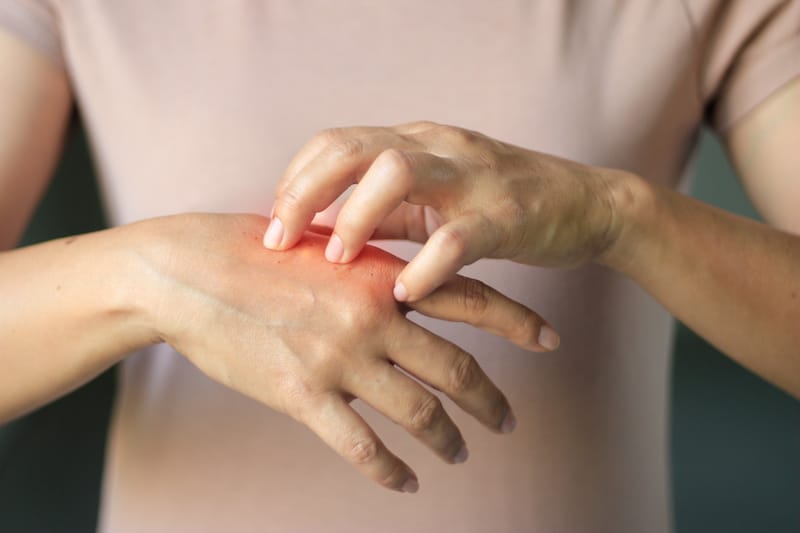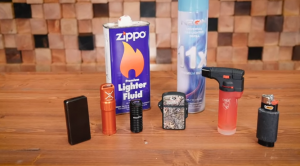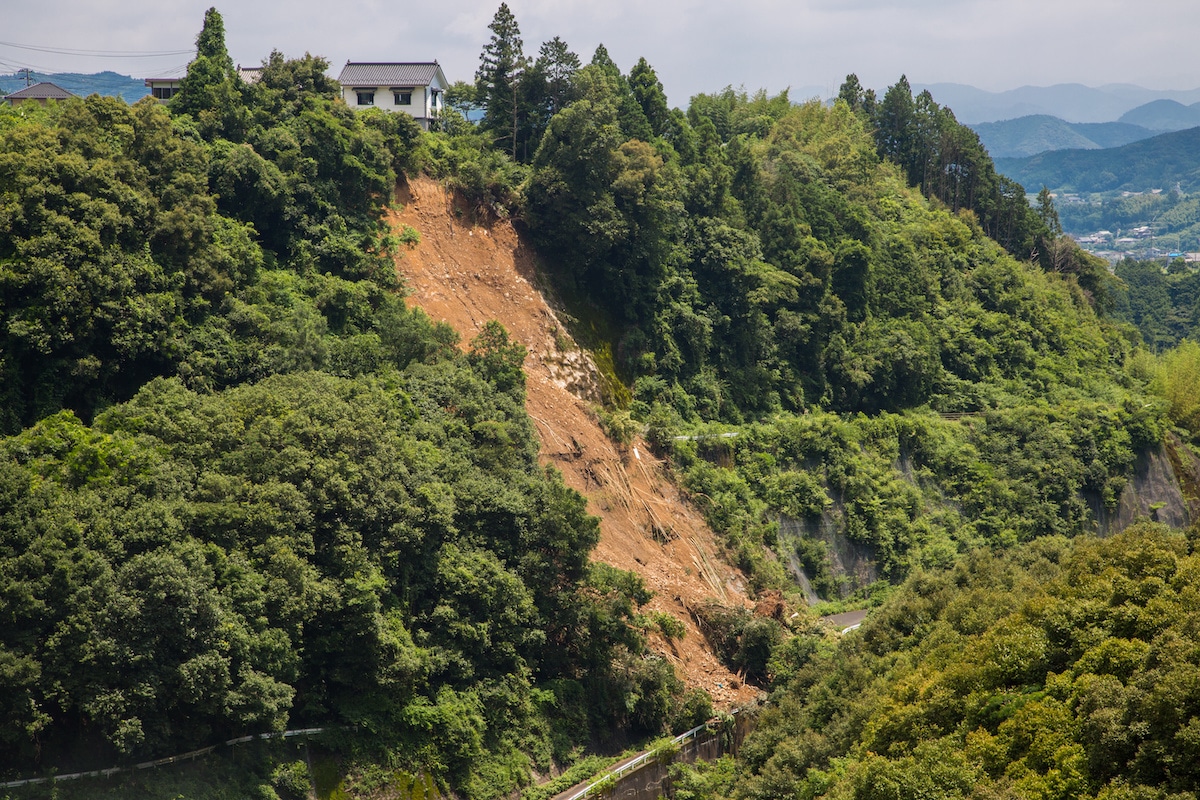What We'll Cover
One of the facets of camping that people most often look forward to is having fun around the campfire. From gathering and preparing the firewood to helping the flames grow, campfires are a lot of fun for everyone. However, campfires are one of the biggest summer camping dangers. Before going camping, everyone should make sure their group is familiar with proper campfire safety and educate those who don’t know. But even despite the best of intentions and preparations, accidents can still happen. If you or someone you’re camping with gets burned, you need to know what to do.
Treating a First-Degree Burn
A first-degree burn is the most common burn that someone might sustain. However, just because a first-degree burn isn’t as serious as a second or third-degree burn doesn’t mean it isn’t serious. Some of the most common causes of a first-degree burn come from touching things such as:
- A metal space heater
- A hot pot or stove
- A hot metal grate on a grill
If someone suffers a first-degree burn, there will be a significant amount of pain, but the skin won’t immediately turn red. There will not be any blisters or exposed tissue underneath. If someone suffers this type of burn, they need to run the burnt area underneath a cool (not cold) liquid until the pain goes away. This might take a few minutes. After this, try to avoid using the damaged area until the pain stays away. Having an emergency kit prepared with is always a good idea for first-degree burns.
Treating a Second-Degree Burn
A second-degree burn is far more serious than a first-degree burn. People who suffer a second-degree burn are often exposed to the sun for numerous hours on end, or they could also receive this type of burn by touching an open flame. If someone suffers a second-degree burn, there will be intense pain, and the skin will start to bubble up and blister. Some blisters might even rupture.
If someone suffers a second-degree burn, they need to run the exposed area underneath cool water once again. Avoid using ice-cold water, as the stark temperature difference can lead to damaged tissue. Do not rub any oils, lotions, or ointments onto the skin, as this can get in the way of the healing process. Then, wrap the burn in a loose wrapping to allow it to breathe. Burn salves, however, may help to ease pain for these burns, much as chafing cream helps ease chafing pain and other ointments may help with treatment for poison ivy rashes.
Treating a Third-Degree Burn: A Medical Emergency
A third-degree burn develops due to extended contact with an open flame. This will lead to charred tissue that exposes the tissue underneath. A third-degree burn will not hurt because of the nerve damage; however, it will be surrounded by second-degree burn areas that will hurt intensely. This type of burn needs to be seen by a trained medical provider as quickly as possible. The exposed tissue is prone to infections, and depending on the size of the burn, it might even be life-threatening. A third-degree burn is a medical emergency.
Treat Burns Properly While Camping
These are only a few of the important points that people need to keep in mind when treating burns during a camping trip. When someone sustains a burn while camping, it is critical for people to first identify which burns can be treated at the campsite and which burns need to more urgent medical attention. You should always have burn treatments readily available in your survival kit or camping first aid kit in case of minor burns. Make sure to understand the basics of burn treatment while camping.
If you are having trouble remembering how to treat burns, try downloading a survival app for your phone. Apps are convenient, and they can help you with a lot of different camping problems from snakebites to backpacking safety.
The responses below are not provided, commissioned, reviewed, approved, or otherwise endorsed by any financial entity or advertiser. It is not the advertiser’s responsibility to ensure all posts and/or questions are answered.



![Best Archery Sets This 2023 [Men & Women]](/assets/images/8cf78150f1d9d7a0c175609145d21517.png)

